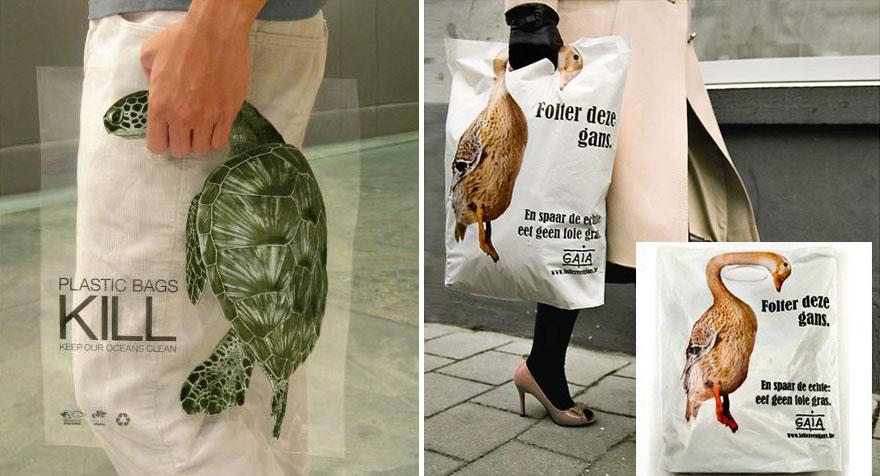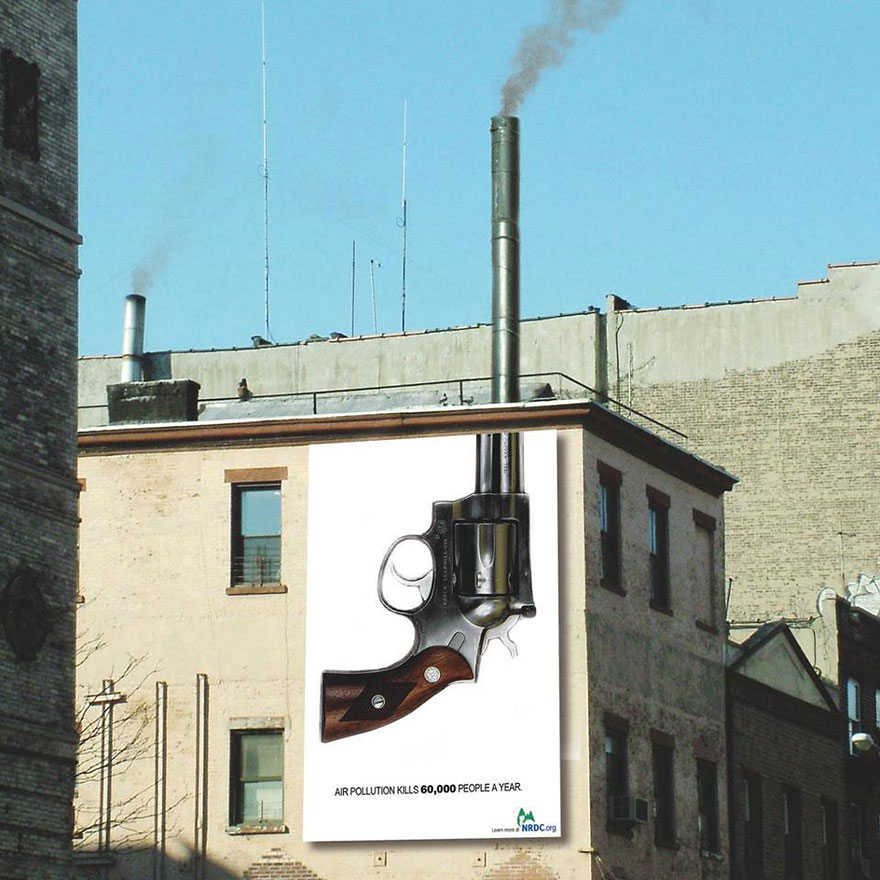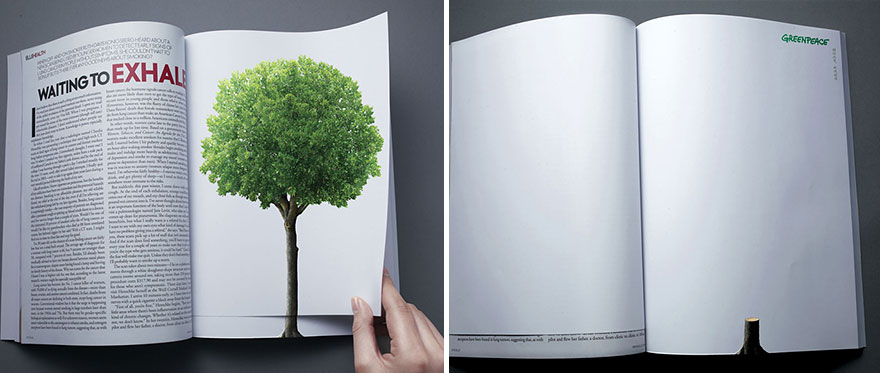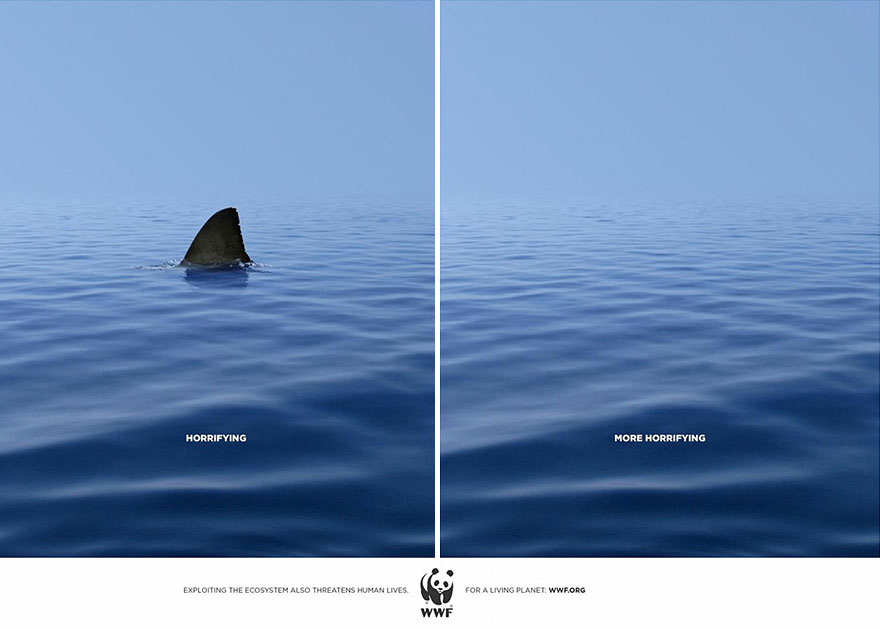By Zoey Poll, The New York Times Style Magazine, 20 February 2021
IN THE LATE 1600s, an unusual tree appeared in northern Corsica that bore both acidic lemons and sweet oranges. The tree, which grew in a secluded hilltop village, went unnoticed for centuries, alternating between the two fruits like a soft-serve ice cream dispenser: A single branch might yield not only oranges and lemons but also fruits that are part lemon, part orange.
Some 300 years later, an amateur pomologist discovered the tree. He traced its age using records from a local monastery, then alerted the leading rare-citrus authority in France, the Citrus Biological Resource Center in San Giuliano, on the island’s eastern coast. An open-air library, the center maintains trees that grow lemons as sweet as plums and as large as bell peppers; grapefruits the size of birthday balloons; garnet red hybrid clementines and green tangerines. The scientists who work there engineer new varieties and preserve early iterations of forgotten and near-extinct fruits, such as the Spanish Sucreña orange, remembered by some Valencians born before 1960 for its intensely sweet juice. Since 1997, the conservancy has been home to that lemon-orange tree, which the staff identified as a graft chimera, the botanical equivalent of the mythical lion-headed, serpent-tailed goat.
Founded in 1958 with trees imported from North Africa, the conservancy — run jointly by the French National Research Institute for Agriculture, Food and the Environment (INRAE) and the French Agricultural Research Center for International Development (CIRAD) — promotes citriculture in Corsica and throughout France. Its remote location helps protect the plants against disease, as do safety protocols such as a cryogenic seed bank and an insect-proof greenhouse. While many countries, including the United States, China, Brazil and Japan, maintain citrus collections, France’s is among the largest, with a 32-acre orchard that includes 300-plus varieties of mandarin oranges alone. Across the street, scientists work in the center’s laboratory, studying citrus-specific diseases and the effects of climate change — warmer summers and winters make the fruit sweeter — in addition to the genus’s genetic history. Besides breeding hardier and more intriguing new fruit, the researchers also test commercial applications for existing ones, whether in cocktails, pharmaceuticals or perfume.
AS OF LATE, the center — which isn’t open to the public — has also become a pilgrimage site for French chefs, pâtissiers and fragrance-house noses, who often learn about it from their own suppliers; many citrus trees at pedigreed French farms can be traced back to buds and seeds from San Giuliano’s orchard. Pierre Hermé, the master of French macarons, visits every summer, as does Anne-Sophie Pic, a three-Michelin-star chef based in Valence, ready to sample a mild, sweet Israeli pomelo or an acidless ancient Italian orange with a subtle vanilla scent.
While the institute doesn’t compete with commercial producers, it has been known to make gifts of the rarest varieties; some chefs, like Pic, arrive with an empty bag. Back at her namesake restaurant, she plates honey-flavored Murcott tangor alongside skinless cherry tomatoes and crowns the meringue of her île flottante dessert with the zest of the American Wekiwa tangelolo, its floral flavor the result of breeding a grapefruit-tangerine hybrid with another grapefruit. These tasting expeditions at San Giuliano have inspired not only Pic’s menus but those of other leading French chefs as well, including Fabio Bragagnolo, who runs Casadelmar in southern Corsica, where he garnishes roast lamb with candied slices of syrupy, bitter Chinotto orange.
Contemporary French cuisine, of course, relies above all on the country’s specialized produce, terroir and agricultural heritage, and there are similar government-run parcels for cherries in Bordeaux, alliums in Brittany and nightshades in Avignon. As public institutions, they collect exhaustively, a luxury inaccessible to commercial farmers who remain subject to the whims of shifting consumer tastes and profit margins. In that way, the citrus conservancy serves as a corrective of sorts, a place where chefs can be inspired by the wildness of an entire genus, where a familiar yellow lemon grows beside its ancestors, the sour orange and the citron, but also its baroque cousins, like the blood lemon, marked by vivid red streaks on its rind, and the Beldi lemon, an aromatic Moroccan variety with hints of bergamot — all of which are descendants of a few distinct Southeast Asian citrus trees. “You might think you know a fruit,” says the chef Pierre Sang Boyer, who runs three popular namesake restaurants in Paris’s 11th Arrondissement. But at San Giuliano, “you learn it has a history — and you learn how nature works.”



















